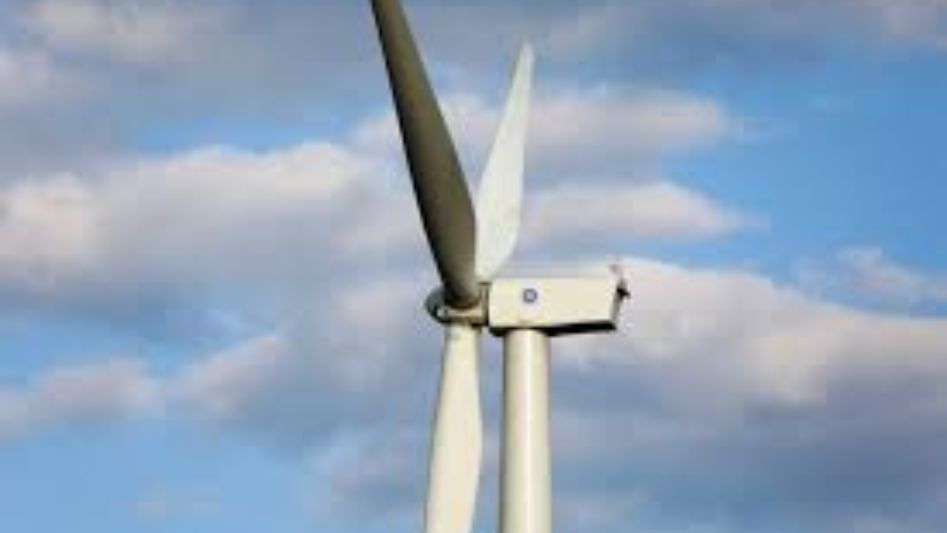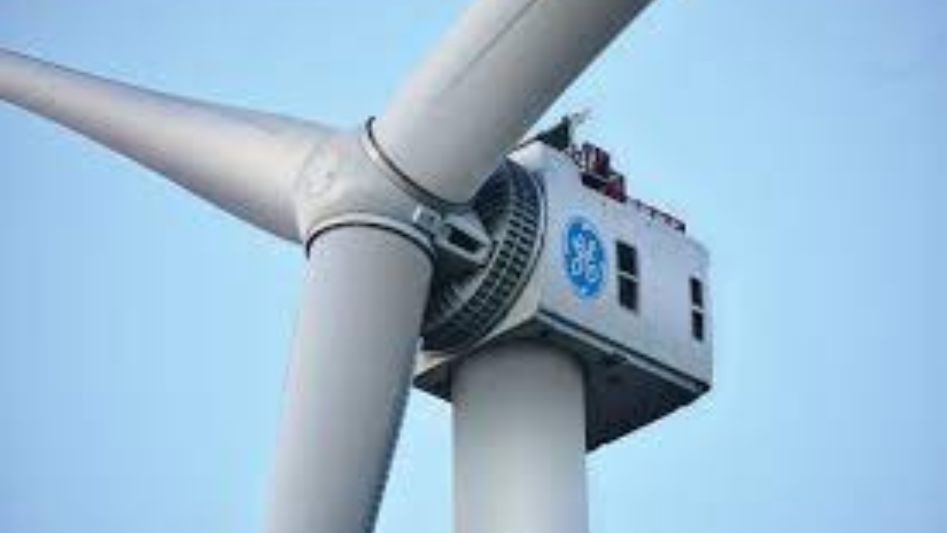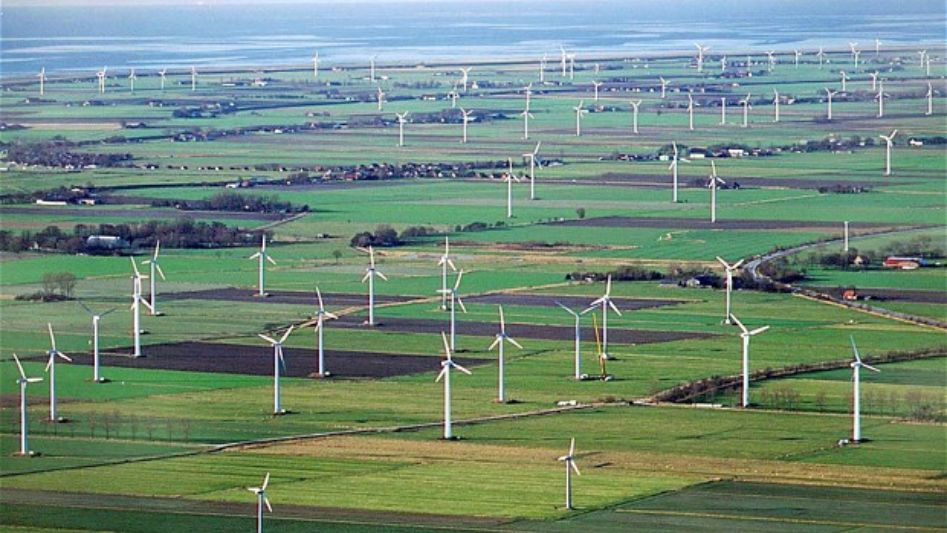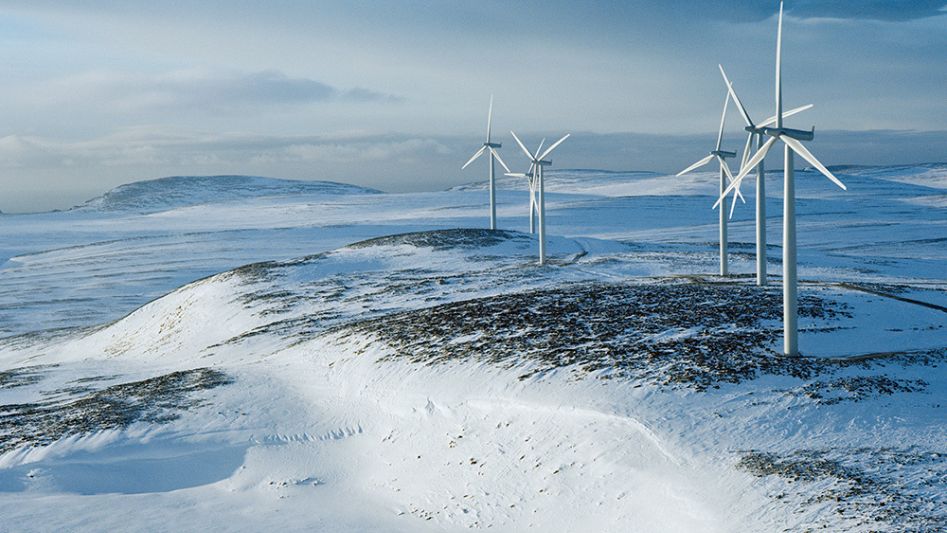Inspiration from insects and some clever engineering, scientists have designed a new wind turbines blade which is 35 percent more efficient than traditional turbines.
Table Of Content
Only when the appropriate amount of wind is blowing can wind turbines generate enough power to meet 4% of the world’s energy needs. Wind turbine blades may now increase energy production by 35%, according to new research that takes cues from the pliability of insect wings. This development, if implemented in the commercial sector, might make this environmentally friendly technology a more competitive alternative to fossil fuels in the years to come.
We invite you to read: “Can Wind Turbines Withstand Hurricanes?”

Increasing a wind turbine’s efficiency requires more than just making the rotors spin faster. Asfaw Beyene, a professor of engineering at San Diego State University in California who was not involved in the study, explains that turbines become less effective at greater speeds because they become more like a wall than a rotor, keeping the wind from going past the quickly revolving blades.
According to Vincent Cognet, a physicist at the University of Paris-Sorbonne and author of the research, the optimum quantity of power comes from moderate speeds of rotation. Wind turbines are most effective at generating electricity when the wind hits the blades at the optimal “pitch angle,” which causes the generator to spin with the desired amount of torque.
The wings of insects don’t have this issue. Because they’re flexible, the wings of bees and dragonflies are able to shift the aerodynamic load in the direction of their flight, boosting the power. And since they naturally bend in the wind, they can decrease drag to prevent damage.
Cognet and his colleagues constructed small-scale turbine prototypes with three distinct rotor designs to see whether this kind of adaptability might increase wind turbines’ efficiency. A single example was highly inflexible, another was somewhat so, and the third was very so. These three turbines were all identical in that they each had three rotors, but the flexible ones were constructed from polyethylene terephthalate, while the rigid ones were fashioned from synthetic resin.
Tests in a wind tunnel showed that the most flexible blades were not as effective as their stiffer counterparts in terms of generating thrust. But the moderately flexible blades beat the rigid ones, providing up to 35% more power and enabling the blades to work effectively in a broader variety of wind conditions, the team writes today in the Proceedings of the Royal Society A: Mathematical and Physical Sciences.
We invite you to read: “Why Wind Turbines Need Gear Boxes?”

The experiments also revealed that tiny adjustments to the pitch angle were responsible for the enhancement: when the turbine blades flexed back and forth due to wind pressure and centrifugal action, respectively, the pitch angle shifted. Wind turbine effectiveness increased with increasing wind speed, and vice versa for higher and lower pitch angles.In fact, the greater rotational rate caused by stronger winds causes the rotor to bend forward and close the pitch angle significantly, resulting in increased power output.
To get the technology to function in full-sized turbines, the next step, according to Cognet, will be to scale it up. We need to discover a flexible, but not too flexible, material.
While Beyene concedes that the engineering work will take some time, the results of his own experiments with morphing blades suggest that the 35% increase in power demonstrated in the new study is perfectly reasonable and would be a huge boon to a future powered entirely by renewable energy sources. His team is now actively designing bigger prototypes that function using the same concepts. He explains that the fluid mechanics and physics are completely sound. There is no reason why we can’t design flexible blades that change shape in response to wind speed and direction.
Conclusion
Wind turbines have a lot of problems, and one of the biggest is making a rotor that can withstand the mechanical and environmental stresses. The blade has to be as durable as, if not more so than, the existing carbon fiber blades on the market. To further reduce pressures and allow installation in existing buildings without reinforcing, the blades must be of comparable weight.There is a long road ahead for this technology. Still, it’s progress toward a more long-term solution to the problem of where to get our power.
We invite you to read: “The Future of Wind Turbines? No Blades”
FAQ
Can wind turbines be made more effective?
Wind turbines with larger rotor diameters are able to generate more power because they can collect more wind and sweep a greater area. Greater amounts of wind energy may be harnessed by a turbine with longer blades, even in regions with less wind overall.
Just how effective are wind generators?
Between 20% and 40% efficiency, wind turbines are not very effective at harnessing the power of the wind. A wind turbine has a twenty-year average lifespan with semiannual servicing.
If turbines were perfect, why wouldn’t they be 100% efficient?
All of the potential energy from the wind would have to be turned into electricity for a wind turbine to be considered 100% efficient. In other words, the wind would cease blowing since all of its energy would be converted. Since a rotor only spins when air moves across its blades, this is obviously impossible in real life.
You May Also Like
- The Long Road to Vertical Axis Wind Turbines (VAWT)
- Wind Turbines Speed: Are They Supposed to Spin Fast All The Time?
- Are Vertical Axis Wind Turbines Really The Future?
- Vertical Axis Wind Turbines Will Dominate The Floating Offshore Wind Market
- Wind Turbines For At Home: Benefits and Challenges


